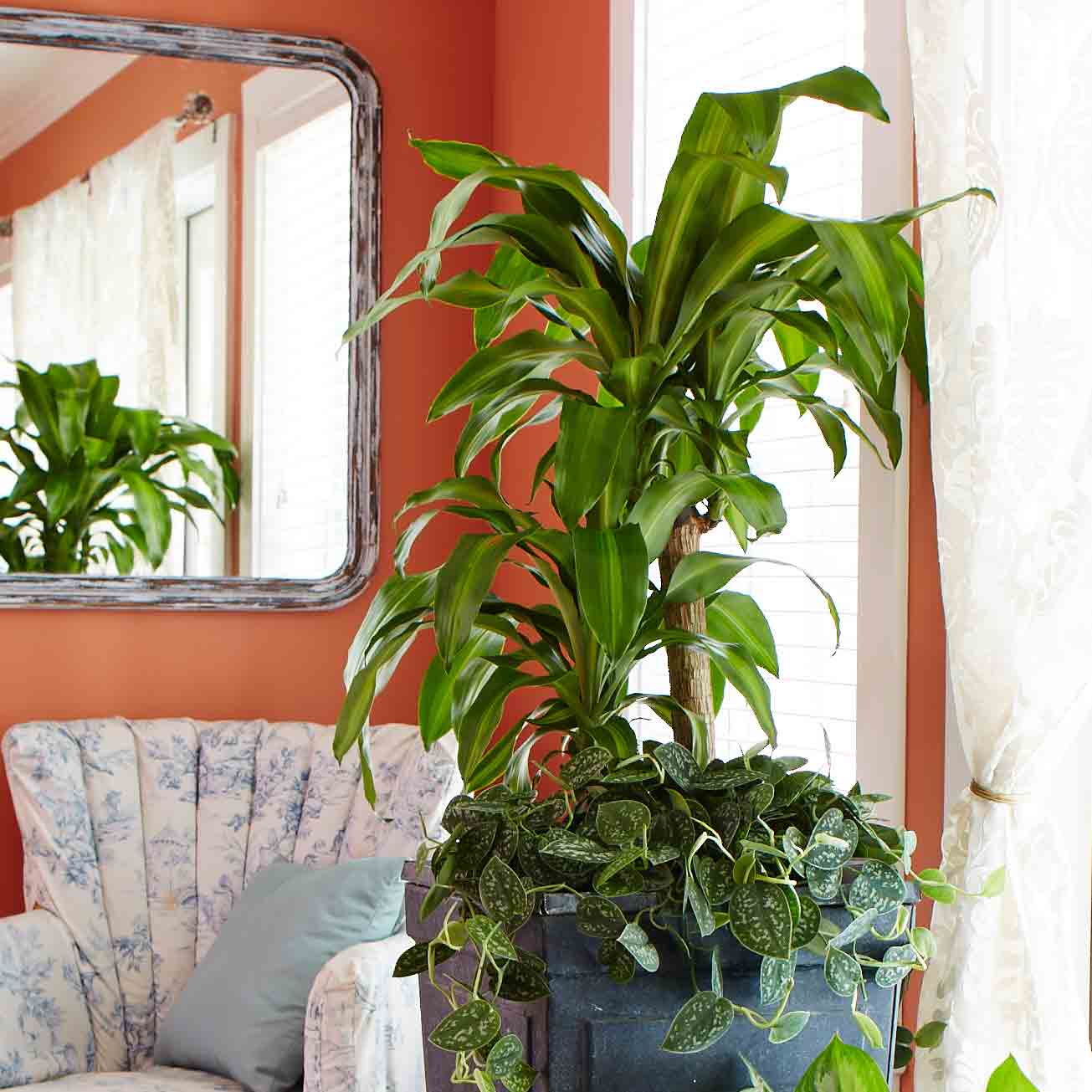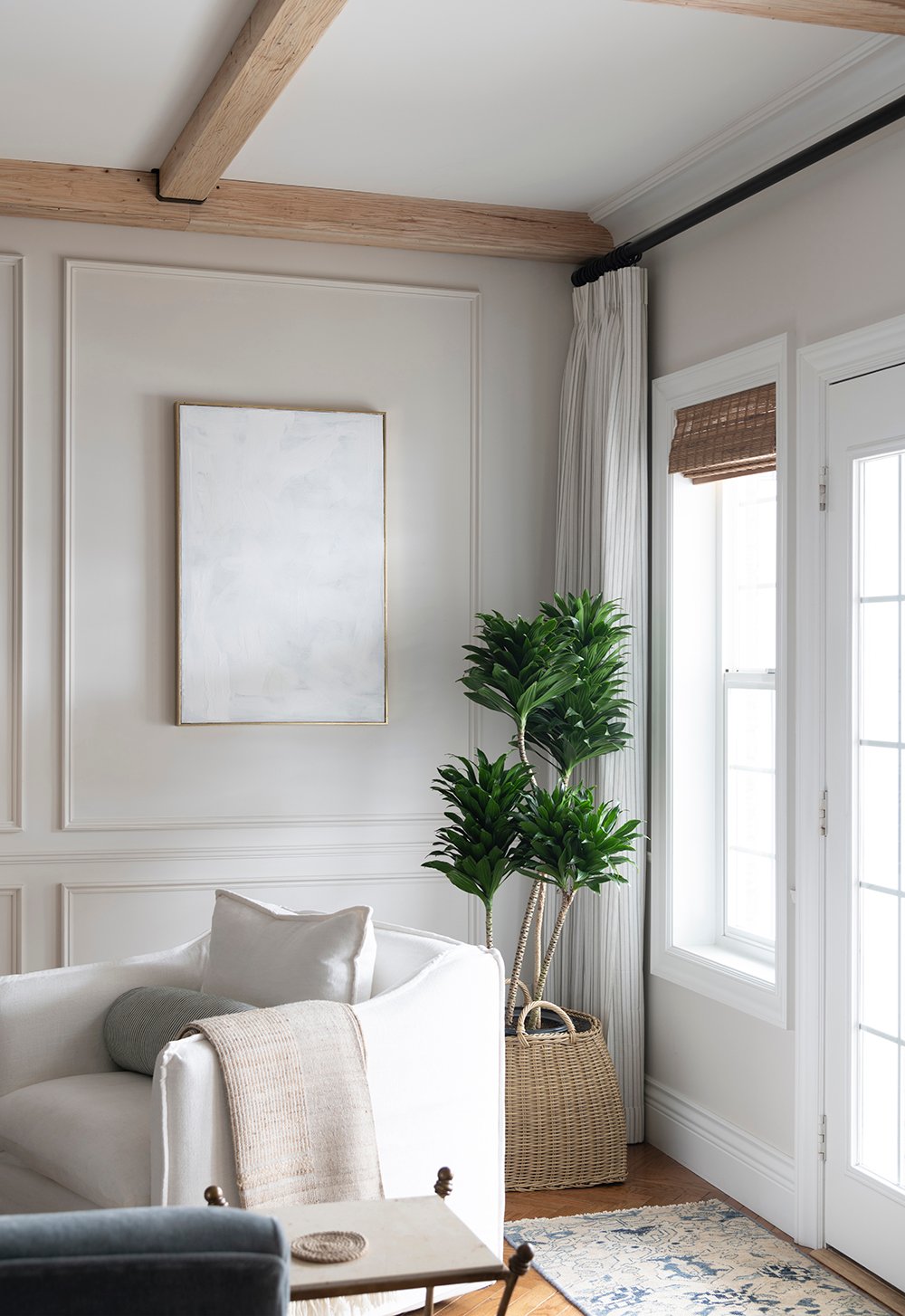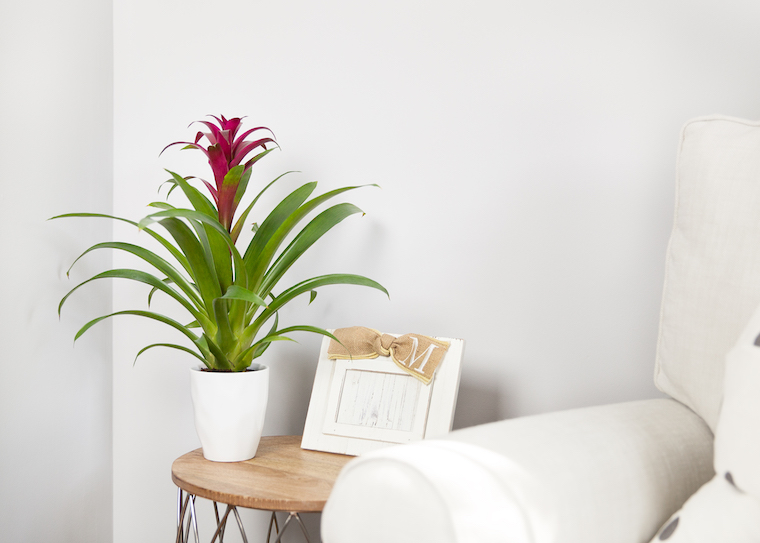The Best Low-Light Indoor Plants You Can Grow Without Natural Light
The Best Low-Light Indoor Plants You Can Grow Without Natural Light
Blog Article
Check Out the Special Advantages of Low-Light Indoor Plants for Your Living Space
Including low-light interior plants right into your home provides a wide range of benefits that expand far beyond simple visual appeals. These durable plants not just flourish in environments with minimal sunlight yet additionally serve critical functions such as air filtration and moisture enhancement. Furthermore, they can favorably influence your mood and total health while requiring marginal maintenance. As you think about the transformative capacity of these plants, it becomes important to discover just how their unique features can tailor your atmosphere to far better offer your lifestyle. What details benefits might resonate most with your personal area?
Air Purification Advantages
Low-light interior plants not only enhance the visual charm of living areas however additionally play a significant function in air purification. Study has shown that specific plant species can properly eliminate common interior pollutants, consisting of benzene, formaldehyde, and trichloroethylene. These compounds usually originate from household things such as furniture, cleansing products, and structure materials, adding to indoor air quality concerns.
Plants such as the serpent plant, pothos, and tranquility lily are particularly skilled at filtering system harmful substances from the air while thriving in low-light conditions. The process of phytoremediation, in which plants absorb and metabolize contaminants, enables these types to contribute dramatically to a much healthier indoor environment. In addition, with photosynthesis, plants launch oxygen, additionally enhancing air quality.
Integrating low-light indoor plants into office or home rooms not just offers aesthetic benefits however additionally serves as a useful method for enhancing air high quality. By picking the best species, people can develop a setting that advertises wellness and minimizes exposure to dangerous pollutants, making these plants a vital aspect in modern interior living.

Mood Improvement Impacts
Numerous researches have revealed that integrating interior plants can significantly boost state of mind and general emotional wellness. The presence of greenery in interior atmospheres has been connected to reduced stress and anxiety levels, raised sensations of calmness, and improved psychological health and wellness. Low-light interior plants, in specific, prosper in environments where all-natural light is limited, making them perfect for numerous living areas.
Research shows that connecting with plants can promote the launch of serotonin, a natural chemical connected with sensations of joy and well-being. In addition, the act of taking care of plants fosters a feeling of obligation and accomplishment, more contributing to positive psychological health and wellness results. Low-light plants such as serpent plants, pothos, and tranquility lilies have actually been shown to improve air high quality, which is fundamentally connected to state of mind improvement.
Integrating these plants into your office or home can create a serene environment, supplying a sensory and aesthetic escape from the pressure of every day life - Best low-light indoor plants. As people spend enhancing amounts of time inside your home, the mood-enhancing impacts of low-light interior plants come to be much more essential, giving not only aesthetic charm yet additionally a profound impact on emotional well-being
Low Maintenance Requirements
For those looking for to enhance their interior spaces without a substantial time commitment, low-light interior plants are a perfect option due to their low upkeep needs. These resilient plants flourish in less-than-ideal lights problems, making them excellent for offices and homes where all-natural sunlight is restricted.

Pest resistance is an additional advantage of low-light interior plants. Several selections are much less prone to typical bugs, reducing the requirement for consistent tracking and intervention. Furthermore, these plants usually expand much more gradually than their high-light equivalents, implying much less frequent repotting and pruning are essential.
Aesthetic Allure and Versatility

Additionally, these plants can be arranged in myriad ways, whether in teams for a lavish effect or as standalone attributes to draw the eye. The choices of planter designs-- from sleek ceramic pots to rustic wood containers-- better enhance their aesthetic value, allowing home owners to express their personal style.
In addition, low-light plants can be strategically placed in locations that may otherwise really feel neglected, such as edges or poorly lit shelves, thereby maximizing their attractive possibility. Eventually, the mix of their striking look and versatility makes low-light interior plants a useful addition to any living space, producing an inviting ambience that promotes well-being and leisure.
Improved Moisture Levels
Enhancing interior moisture degrees is just one of the substantial advantages of including low-light indoor plants into living rooms. These plants normally release moisture vapor through a procedure referred to as transpiration, which happens when water taken in by the roots moves via the plant and vaporizes from the fallen leaves. This process not only increases moisture however also contributes to a healthier interior atmosphere.
Enhanced humidity levels can ease numerous health and wellness problems, such as completely dry skin, respiratory system problems, and allergic reactions. Several people experience pain in dry indoor conditions, especially throughout winter season when heating systems remain in usage. By strategically putting low-light plants throughout your home, you can develop a more balanced humidity level that cultivates total well-being.
Additionally, particular low-light interior plants, like peace lilies and spider plants, are particularly efficient at boosting moisture. Their capacity to thrive in low-light environments makes them excellent for visit the website various spaces, from offices to bed rooms. In enhancement to enhancing humidity, these plants can also enhance air high quality by straining common indoor contaminants, making them an important enhancement to any kind of space. Hence, low-light interior plants offer both useful and visual functions, promoting a healthier atmosphere.
Conclusion
In recap, low-light indoor plants use numerous benefits that add to a healthier and a lot more inviting living space. Including these resilient plants right into interior settings not just boosts the atmosphere yet additionally promotes total well-being, developing a serene haven for citizens.
Plants such as the snake plant, pothos, and tranquility lily are specifically proficient at filtering system damaging materials from the air while flourishing in low-light problems. Low-light plants such as serpent plants, pothos, and peace lilies visit site have been shown to enhance air top quality, which is fundamentally connected to state of mind improvement.
Low-light indoor plants, such as snake plants, pothos, and ZZ plants, not just enhance the visual landscape of a space yet also introduce different structures and tones of environment-friendly that can complement diverse interior styles. These plants normally launch wetness vapor via a procedure recognized as transpiration, which takes place when water taken in look at this site by the origins relocates with the plant and evaporates from the leaves.Furthermore, specific low-light indoor plants, like peace lilies and spider plants, are particularly reliable at raising moisture.
Report this page